
|
The most prestigious European supercars are out of my price league, but luckily I have Japan to thank allowing me to enjoy sporty driving on a budget! Have you ever owned one of these? Here are 12 of the most well-loved Japanese sports cars: |
|
Mazda MX-5 (Miata) |
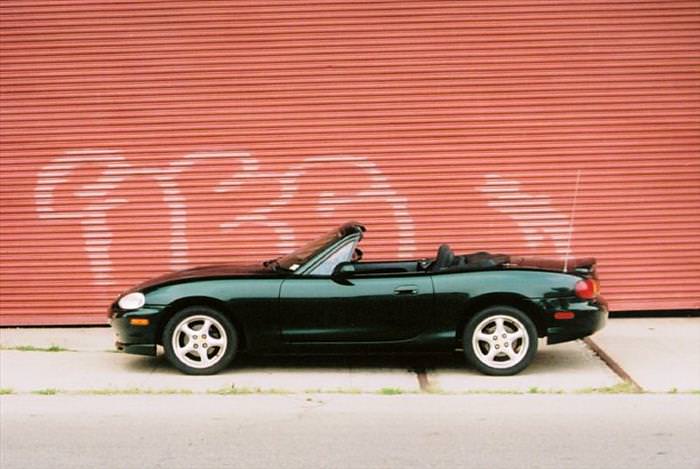 |
|
Mazda’s ingenious little car is the result of drawing inspiration from classic British roadsters – light overall weight, two seats, an open-top roof and rear wheel drive – and combining it with Japanese reliability. Now in its third generation, the Miata is the best-selling two-seat convertible sports car in history. |
|
Toyota MR2 |
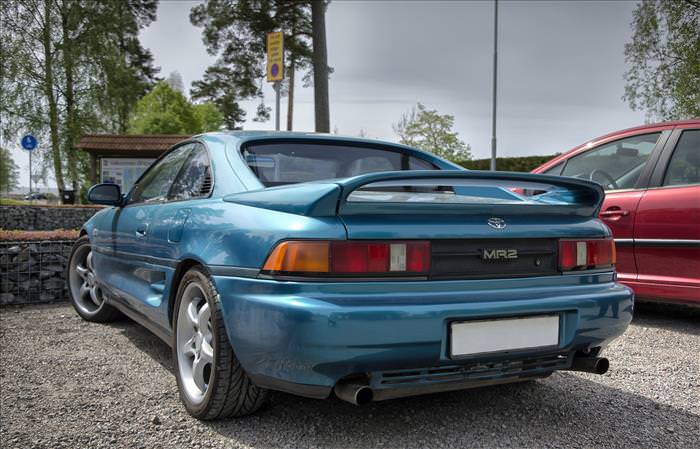 |
|
The second generation of Toyota’s little mid-engined two-seater was unleashed on North America in late 1990. While some labeled it a poor man’s Ferrari, people loved it for giving them access to supercar-style motoring at a fraction of the price. Production ended in 1999. |
|
Honda CR-X |
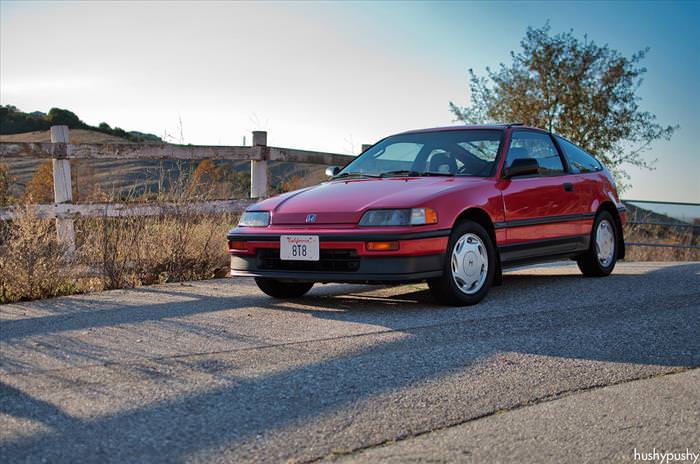 |
|
Introduced to the US market in 1985, this iconic sport compact car became an instant hit with those looking to have fun on the road without breaking the bank on gas. The most acclaimed CR-X is the second generation model – it was only produced between 1987 and 1991. |
|
Subaru Impreza WRX |
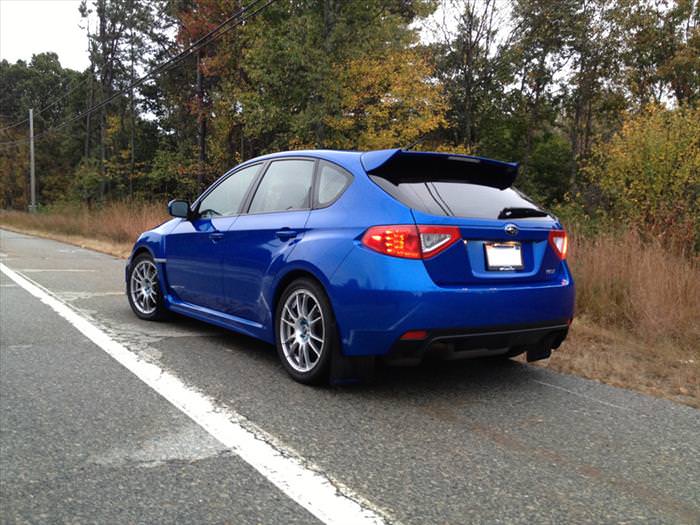 |
|
This turbo-charged, all-wheel-drive car, synonymous with the World Rally Championship, was officially introduced to the US market in 2007. Its substantial performance means cars costing two or three times its price have a hard time keeping up on a winding country road. |
|
Nissan 300ZX Z32 |
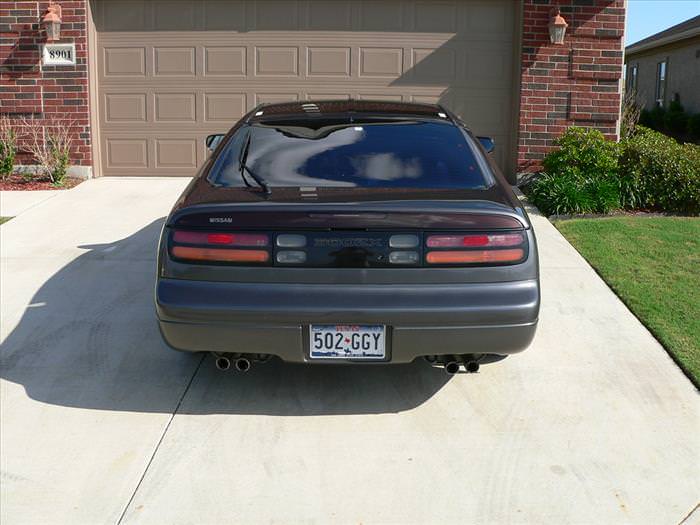 |
|
While Nissan’s Z-cars have been around since 1970, it was the second generation 300ZX that became a big hit on its introduction to the US market in 1990. Motoring magazines heaped praise on the technologically-advanced car. Twin turbo versions featured four wheel steering. |
|
Mitsubishi 3000GT |
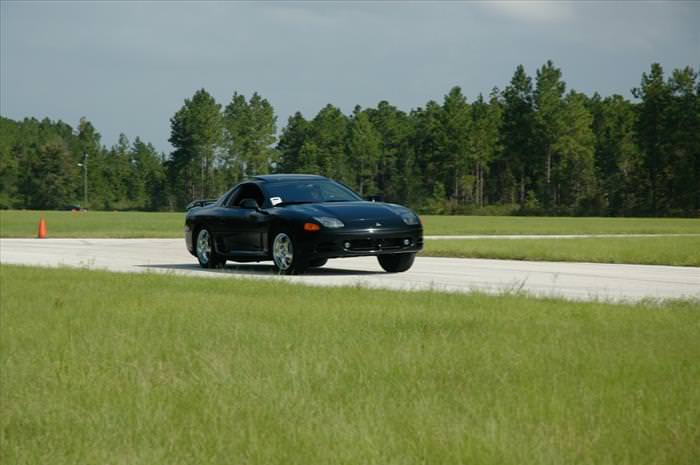 |
|
Also sold as the Dodge Stealth in the US, the 3000GT is a sports coupe able to accommodate four people. It was on sale in North America between 1990 and 1999. A spyder version of the car was also available, however they are very difficult to find these days. |
|
Acura (Honda) NSX |
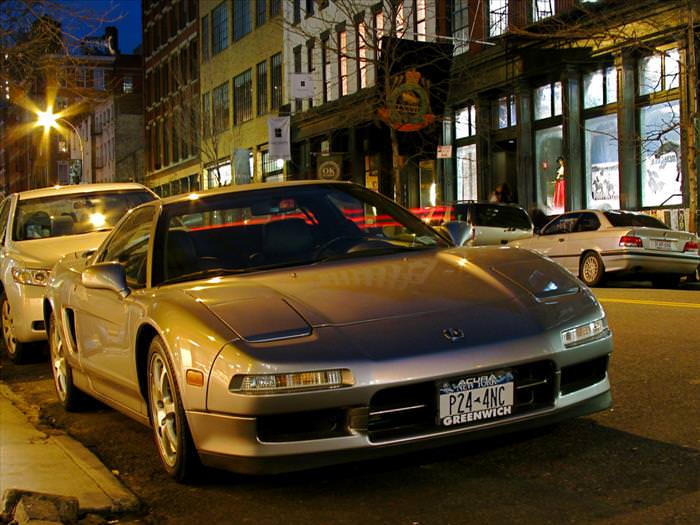 |
|
Probably the first car to come from Japan that fits in with the conventional definition of a supercar, the Acura NSX had an impressive run of 15 years in production before development commenced on the second generation car, which will go on sale in 2016. |
|
Toyota MR2 Spyder |
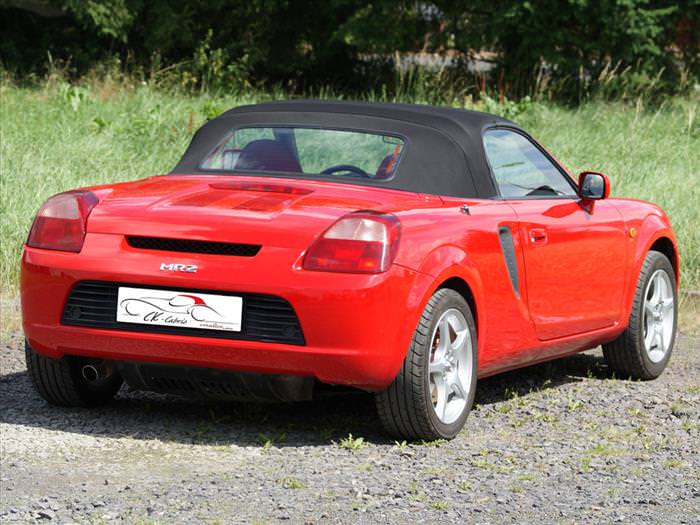 |
|
The third generation of the MR2, produced between the end of 1999 and mid-2007, was designed with the goal of attracting younger buyers to the Toyota brand. It was distinct from the outgoing model in that it was a full convertible rather than a targa top. |
|
Nissan GT-R |
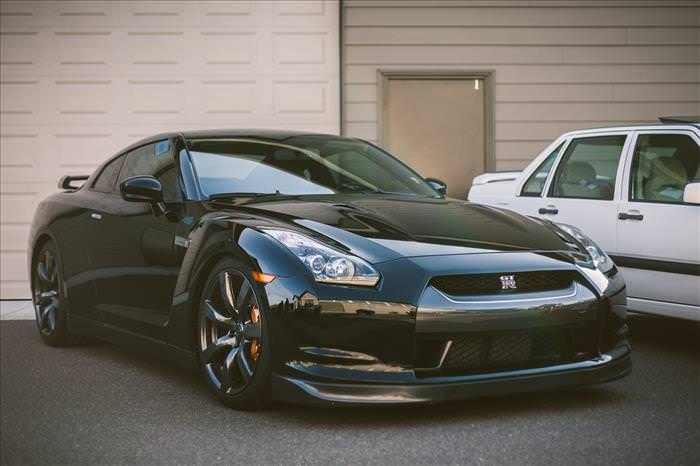 |
|
Although the GT-R badge was previously seen on Nissan Skylines, it became a model in its own right at the end of 2007. Each GT-R engine is hand-built by a takumi, one of Nissan’s master engine builders. The car is revered around the world for its unbelievable performance. |
|
Mazda RX-7 FD |
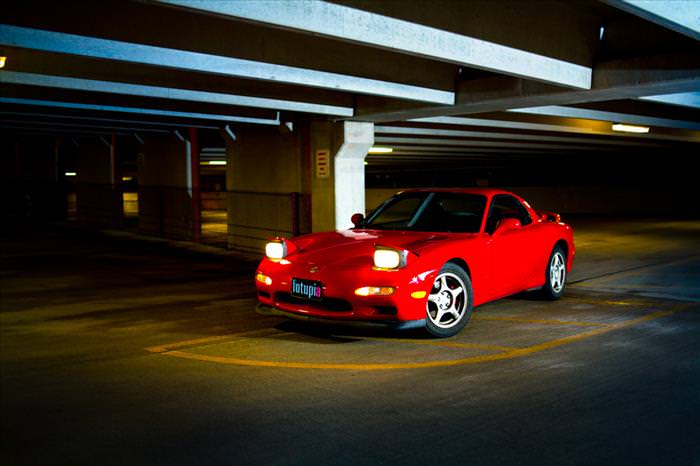 |
|
The Mazda RX-7 has been around since 1978, however it is the FD model, produced between 1991 and 2002, which is most well-known. This model is arguably one of the most beautiful cars ever to be produced in Japan. It is also notable for its unusual rotary engine. |
|
Mitsubishi Lancer Evolution |
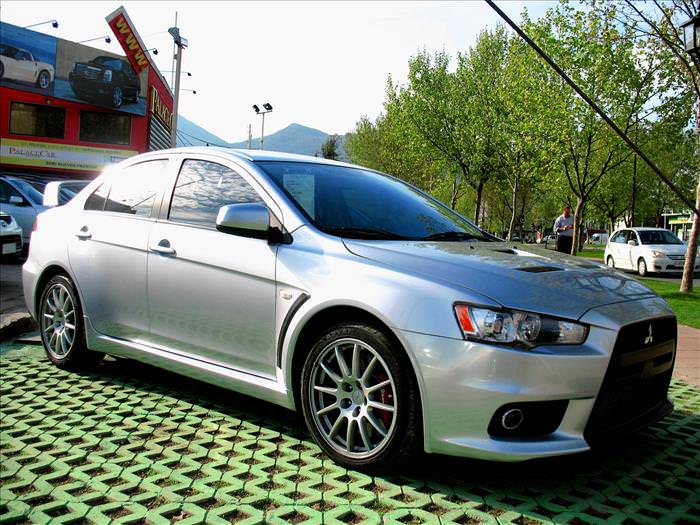 |
|
While the base model Mitsubishi Lancer was just a humble four-door saloon, Evolution models sprouted big fenders and wings, as well as housed sizeable turbochargers under their hoods. The eighth iteration of the model, the Evolution VIII, marked the first time that the car was officially sold in the US. |
|
Toyota Supra |
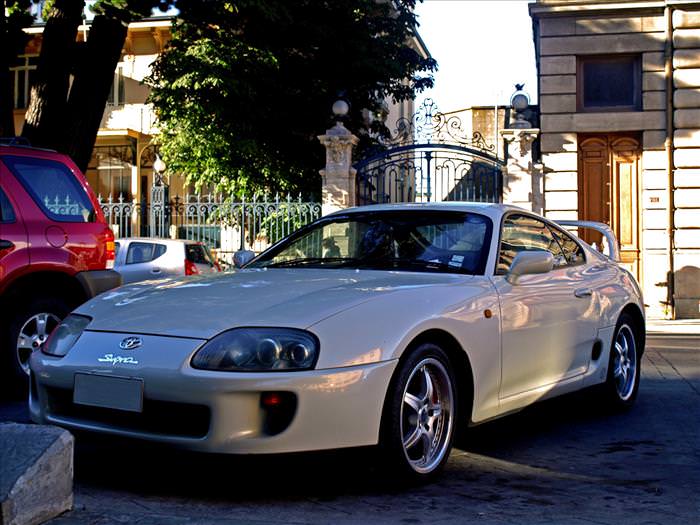 |
|
The fourth generation of the Supra is the one that saw the model become a motoring icon. It was revered for its speed and how well-engineered it was when considering the list price. Numerous variants were produced, such as twin-turbocharged and targa top versions. |
| Content Sources: NY Daily News, Autoguide, Cheatsheet, Nissan News, Car and Driver |